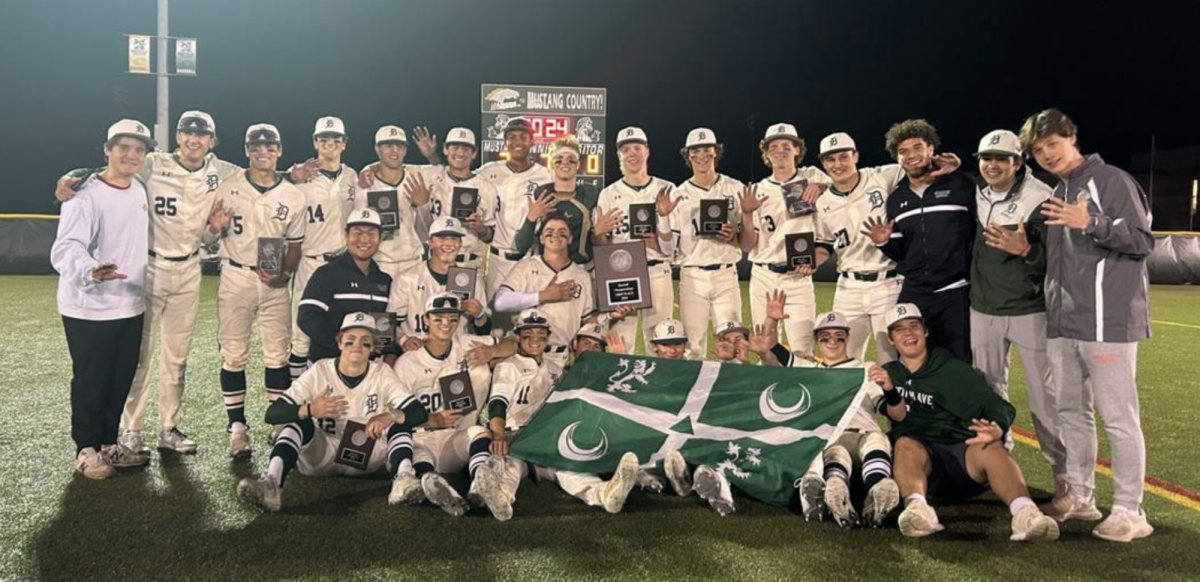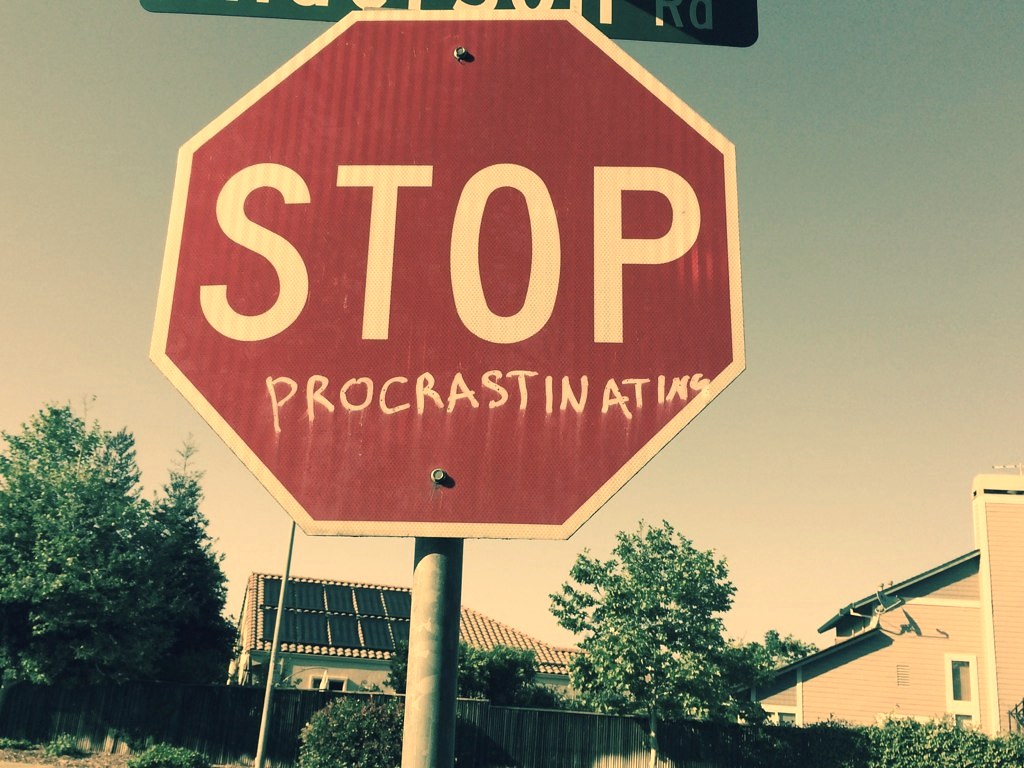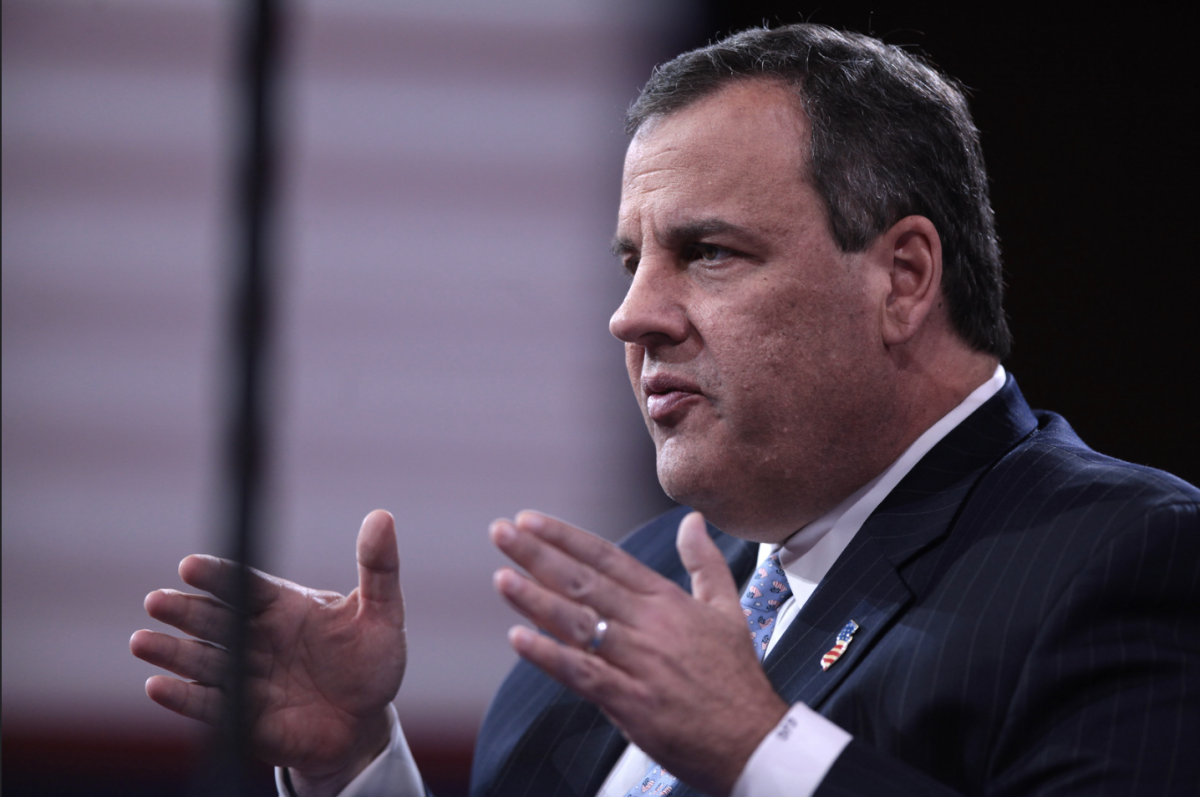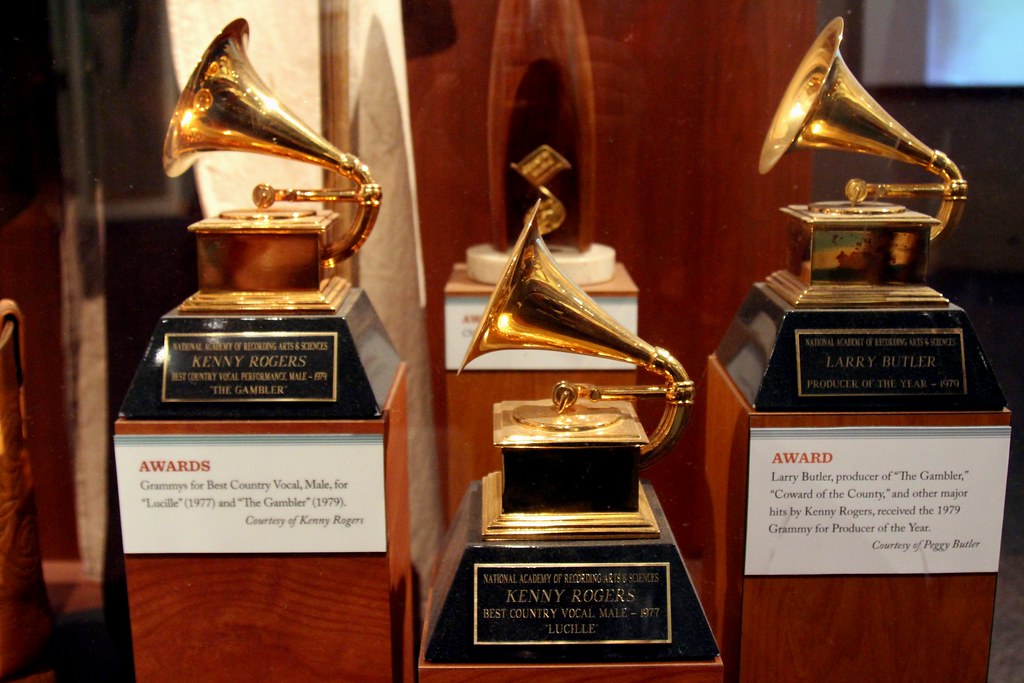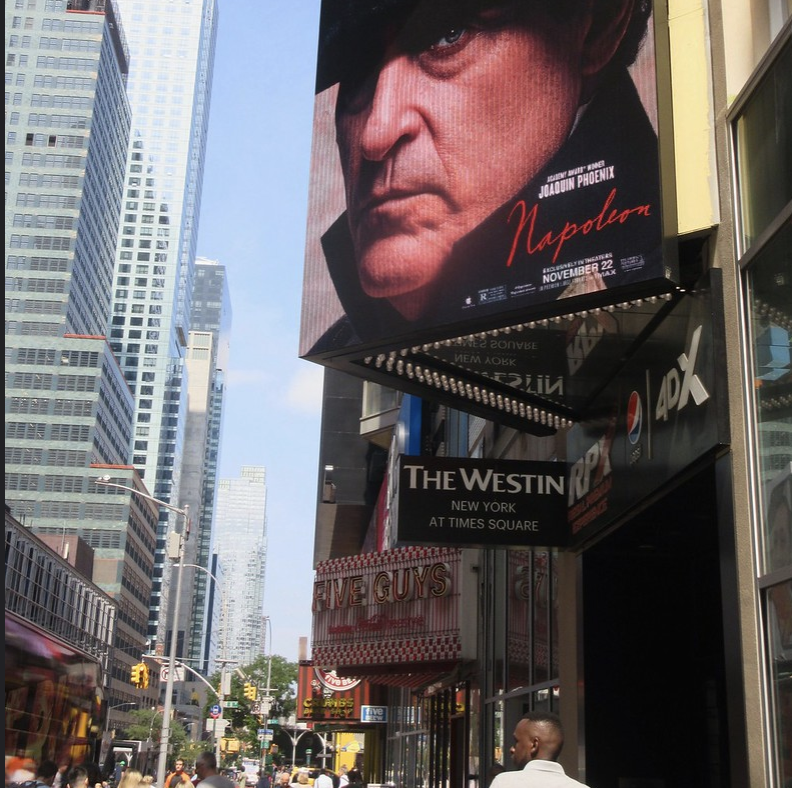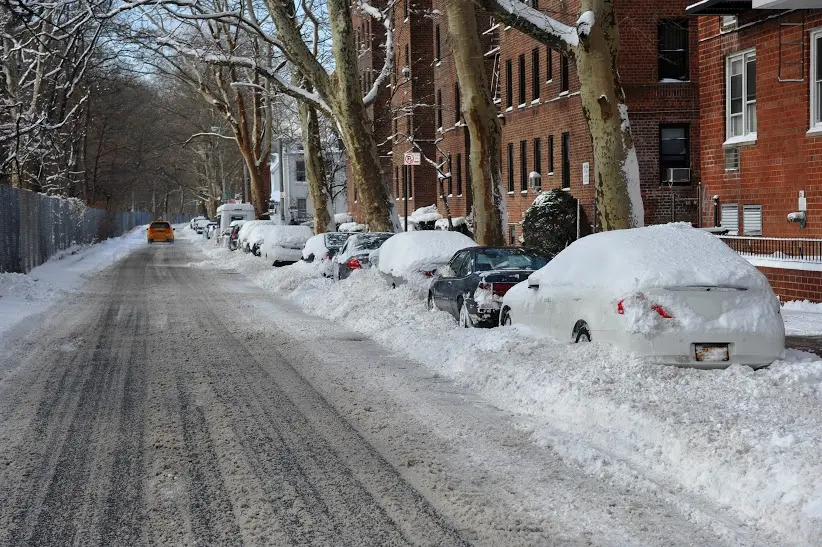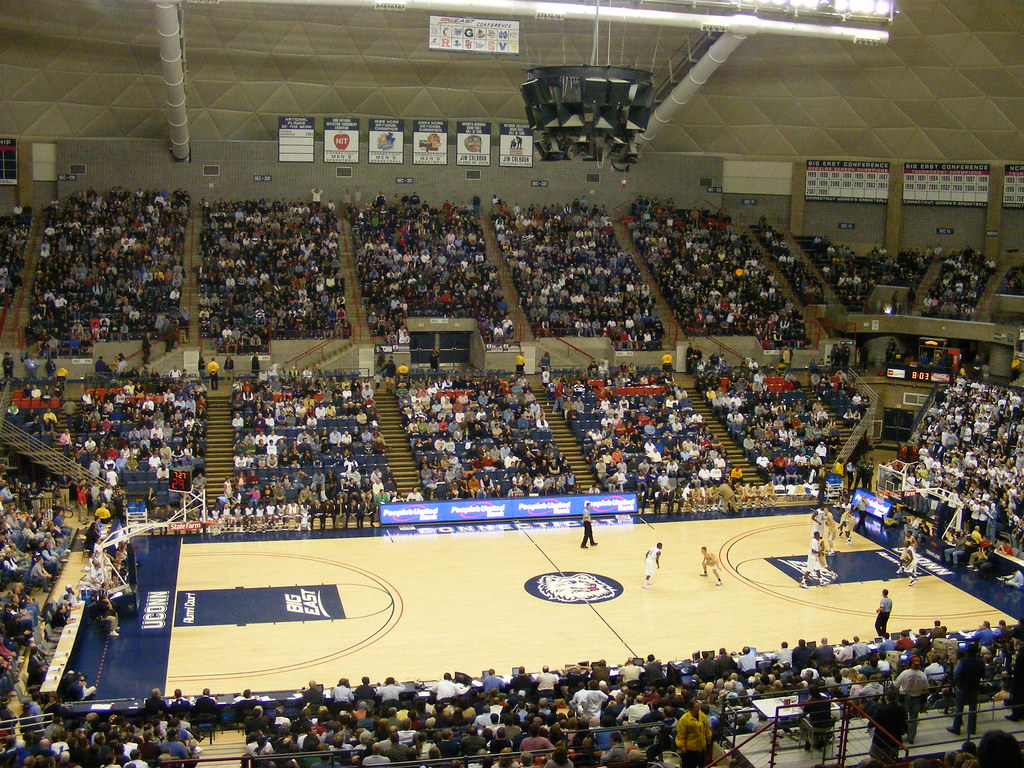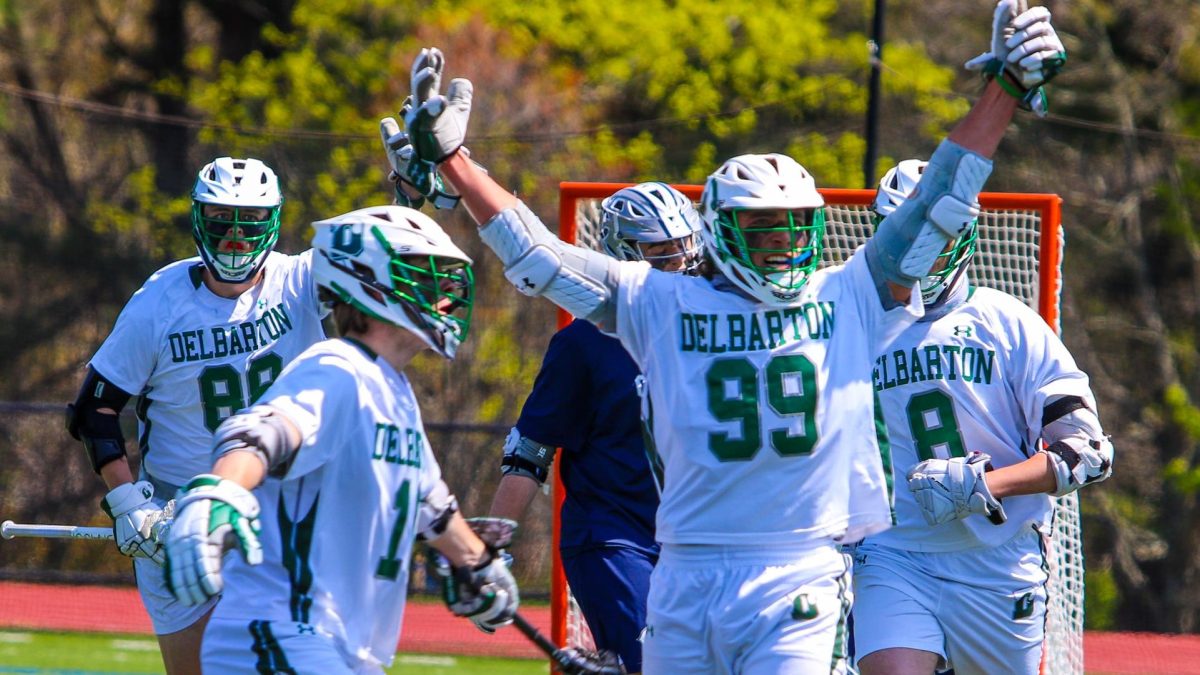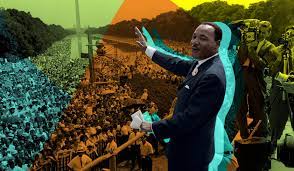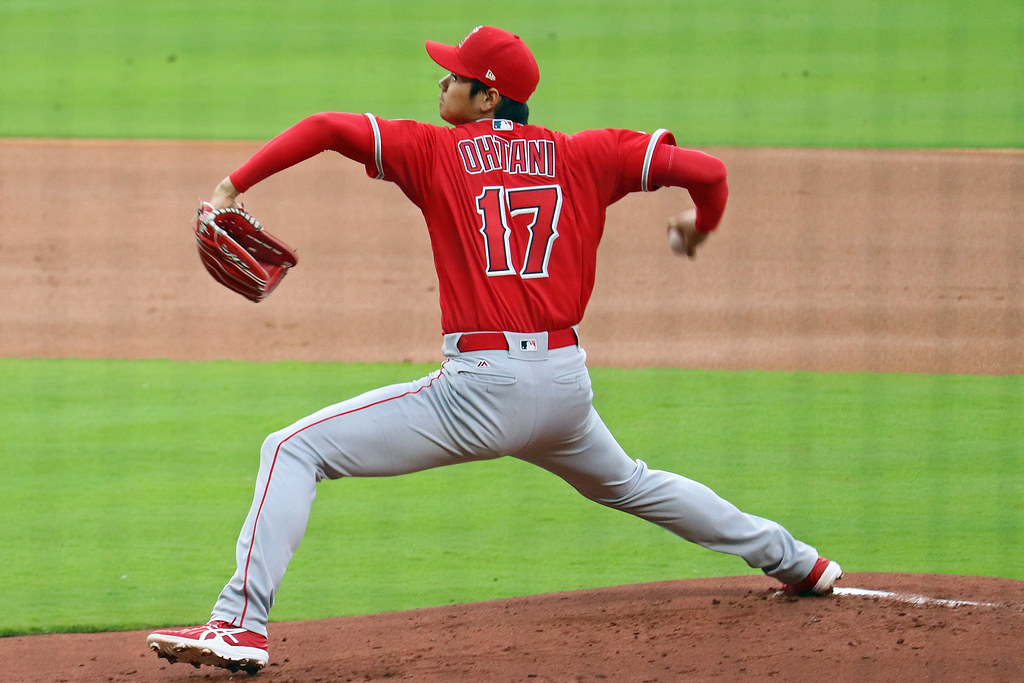The Controversy of a Player Salary Cap in MLB
Since 2003, the average MLB salary has risen by 44% from $2.37 million to $4.90 million. Though inflation has increased approximately 2.5% annually since 2003, MLB stars cost owners more each season.
Believe it or not, inflation is only one of the problems. As the seasons pass, the talent level in MLB rises tremendously each year. Mike Trout recently discussed the influx in greater ability when noting that the average fastball seemingly was 4-5 mph lower just ten years ago. The Dodgers paid great pitchers like David Price and Clayton Kershaw millions because of their ability to locate low to mid-90s fastballs and deservingly so, but compared to the talent in 2023, they both struggle to stay competitive. Power arms like Jacob DeGROM and Gerrit Cole have taken the baseball world by storm, with their fastballs averaging well above 97 mph. The talent levels haven’t just increased for pitchers, however, as positions also demand more money due to their almost inhumane capabilities. For example, before 2021, no baseball fan had witnessed pure dominance in multiple categories like Oneil Cruz brought to the game. His incredible 6’7 frame did not stop him from running an exceptional 31.5 feet per second sprint speed, holding an unbelievable top exit velocity of a batted ball at 122.4 mph (the highest ever recorded), or throwing across the infield at 97.8 mph.
Sure, some dynamic and talented players existed before the Statcast era, but Oneil Cruz is no exception. Masyn Winn broke Oneil’s record with a 99.9 mph throw at twenty in the Futures Game, only to have his record nearly matched by Elly De La Cruz, a twenty-one-year-old, who threw a ball 99.7 mph to home plate, and not surprisingly, hit a 112 mph missile in his MLB debut.
All of the new overwhelming talent and power in the game of baseball presents owners with a big problem: if they want the best players, they need to spend a lot of money. Jacob DeGROM and his superhuman arm cost the Rangers $37 million a year, while Gerrit Cole signed with the Yankees in 2019 for nine years worth $324 million. Above all, however, is superstar unicorn Shohei Ohtani. If hitting a ball through the Tokyo Dome at 22 isn’t impressive enough, Othani finished the 2022 MLB season with a .273 batting average, 95 RBI, and 34 home runs… and had a 2.33 ERA. Ohtani proved his generational talent with statistics, like hitting a ball 493 feet and throwing 100 mph or hitting a home run and throwing a complete game on the same day. The baseball world knew Ohtani would expect an unheard-of contract after the ‘23 season. Unfortunately, this will all have to go to speculation because he injured his UCL at the end of the 2023 campaign and will not pitch again until 2025.
Though detrimental to his fans and the baseball community, his injury may be a mixed blessing for owners. During Ohtani’s historical season, many articles began to ponder exactly how much one player could pull in. An honest evaluation? 1 billion dollars. Though an incredible sum of money for a singular athlete, Ohtani, before his injury, provided the Angels with two All-Stars in the body of one player. Nevertheless, should athletes be paid such extraordinary amounts of money?
There is great controversy about whether athletes, in general, are overpaid compared to first responders or teachers, who both influence the world’s future population more than baseball players do. Since many athletes receive huge contracts and end up getting hurt, like Mike Trout, Chris Sale, and Christian Yelich, it is reasonable to suggest owners simply want to secure the best players, and their net worths allow them to do so. While many believe pro athletes are “criminally overpaid,” it is more plausible that owners are aware of the overpaying and can stop it, but greed always takes over.
There are many teams in MLB history, namely the 2022 A’s, who were very successful without overpaying players. Still, the teams’ attempts will often be fruitless because it’s extremely difficult to beat owners who can ‘buy’ the best players. So, although owners will probably not cut back on salaries any day soon, MLB players do not need a billion dollars to live comfortably – even $500 million would do. Of course, the previous sentence is sarcasm, though it may not be obvious because of the greedy world that is the Earth in 2023 – cutting salaries significantly would be nearly impossible.


